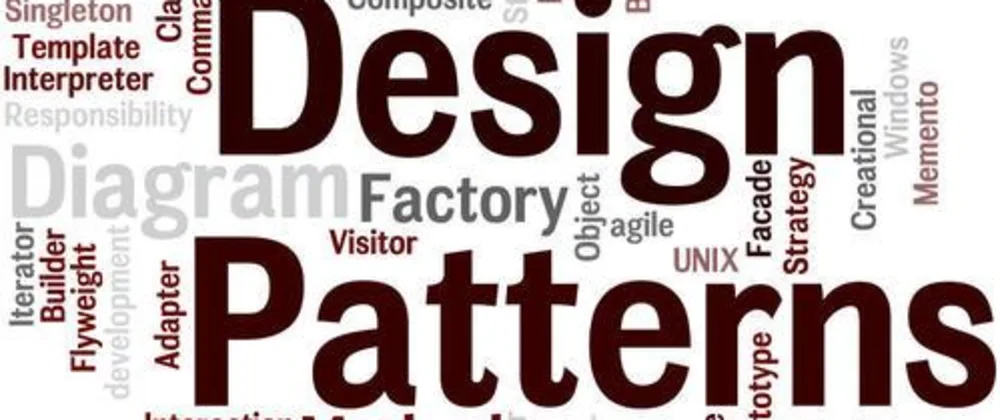Design Patterns

Example 2: Hotel Booking System
In a hotel booking system, different subsystems could handle room availability, booking confirmation, and payment processing. Here’s how a Facade might simplify the interaction:
// Subsystem classes
class RoomAvailability
{
public bool CheckAvailability(string roomId, DateTime startDate, DateTime endDate)
{
// Simulated room availability check logic
Console.WriteLine($"Room {roomId} is available from {startDate} to {endDate}.");
return true;
}
}
class BookingConfirmation
{
public void ConfirmBooking(string roomId, DateTime startDate, DateTime endDate, string guestName)
{
// Simulated booking confirmation logic
Console.WriteLine($"Booking confirmed for room {roomId} from {startDate} to {endDate} for guest {guestName}.");
}
}
class PaymentProcessor
{
public void ProcessPayment(decimal amount, string guestName)
{
// Simulated payment processing logic
Console.WriteLine($"Payment of ${amount} processed for guest {guestName}.");
}
}
// Facade class
class HotelBookingFacade
{
private RoomAvailability roomAvailability;
private BookingConfirmation bookingConfirmation;
private PaymentProcessor paymentProcessor;
public HotelBookingFacade()
{
roomAvailability = new RoomAvailability();
bookingConfirmation = new BookingConfirmation();
paymentProcessor = new PaymentProcessor();
}
public void BookHotelRoom(string roomId, DateTime startDate, DateTime endDate, string guestName, decimal amount)
{
Console.WriteLine($"Booking hotel room {roomId} for guest {guestName}:");
if (roomAvailability.CheckAvailability(roomId, startDate, endDate))
{
bookingConfirmation.ConfirmBooking(roomId, startDate, endDate, guestName);
paymentProcessor.ProcessPayment(amount, guestName);
}
else
{
Console.WriteLine($"Room {roomId} is not available for the selected dates.");
}
}
}
// Client code
class Program
{
static void Main(string[] args)
{
HotelBookingFacade bookingFacade = new HotelBookingFacade();
// Client books a hotel room
bookingFacade.BookHotelRoom("101", DateTime.Now.AddDays(1), DateTime.Now.AddDays(3), "John Doe", 300);
}
}
In these examples:
- Facade (MortgageApplicationFacade, HotelBookingFacade) simplifies complex interactions with multiple subsystems (CreditChecker, DocumentVerifier, ApprovalProcess in the first example; RoomAvailability, BookingConfirmation, PaymentProcessor in the second example).
- Client code interacts with the Facade (ApplyForMortgage, BookHotelRoom), which in turn coordinates actions across the relevant subsystems to achieve the desired functionality.
Summary
In summary, the Facade pattern is used to provide a simple interface to a complex subsystem, making it easier for clients to use the system without needing to understand its intricacies. It's particularly useful in large applications where subsystems can be vast and their interactions complex.
General Tips!
- Identify Common Problems: Recognize recurring problems in your code to determine which design pattern can provide a solution.
- Understand the Principles: Familiarize yourself with SOLID principles as they often align with the motivations behind design patterns.
- Use Patterns Judiciously: Avoid overusing patterns; apply them only when they provide a clear benefit.
- Learn by Example: Study real-world examples of design patterns to see how they are implemented in practice.
- Refactor When Necessary: Don’t force a pattern from the start; refactor your code to introduce patterns when a need becomes apparent.
- Stay Flexible: Patterns are guidelines, not strict rules. Adapt them to fit your specific context.
- Document Your Design: Clearly document the use of design patterns to help future maintainers understand your design decisions.